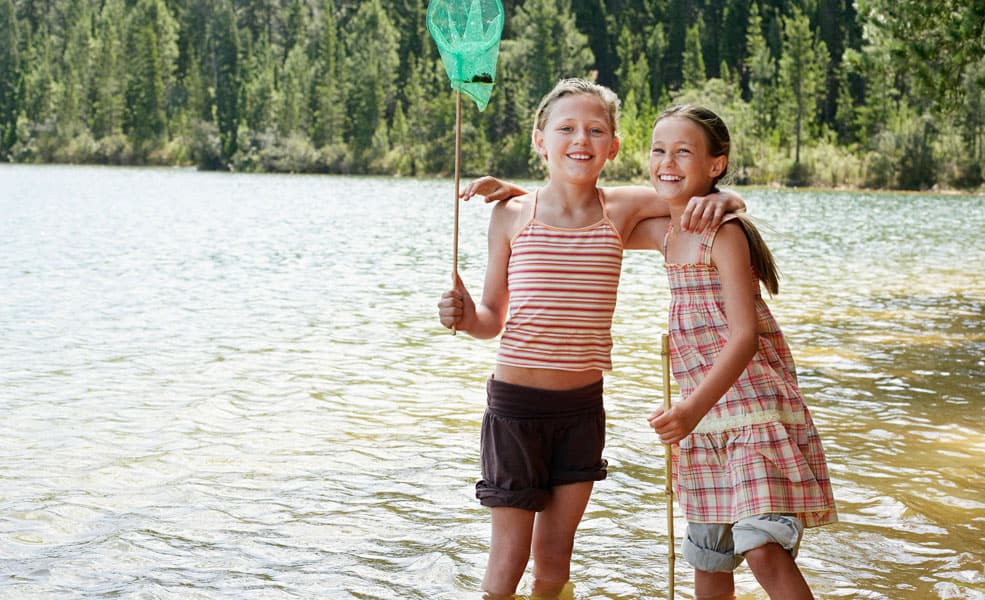As parents and caregivers sometimes we can worry a lot about children playing outdoors, playing too rough, or injuring themselves. However, a significant amount of research shows that rough and tumble play can actually be beneficial for early childhood development.
What is rough and tumble children play?
Rough and tumble play is play that is unstructured, involves risk-taking, pushing personal limits, and is nature-based. Rough and tumble play should not be confused with aggressive, violent, or dangerous play. Rough and tumble play is about children being able to explore their environment in new ways with the aide and supervision of adults.
Rough and tumble play is beneficial for children because it provides a rich sensory experience, which helps with the developmental in a variety of domains of learning including gross motor, social, emotional, and more.
As Carmen Choi writes for the Himama Blog (full source below), rough and tumble play is beneficial for early development because it helps children to build skills such as:
- Resilience to bounce back from failure
- Independence that promotes problem-solving
- Physical control and coordination
- Self-regulation
- The ability to process stress and fears
- Self-confidence and leadership
Although rough and tumble play can be beneficial, it can also be stressful for the parent or caregiver when supervising this play. So how can adults support rough and tumble play? The key is through intentionally providing risk-taking opportunities so that children feel like they are able to explore, but caregivers are able to control the environment and the true level of risk. This involves close observation and knowing each individual child’s personality, as well as active supervision of the environment and children. This means giving children the freedom to choose and experiment with minimal adult intervention. However, minimal adult intervention does not mean any adult intervention at all. Of course, if a certain activity is too risky or dangerous for a child, then it is the adult’s duty to intervene and keep play safe.
How to facilitate rough and tumble children play
Educators can facilitate rough and tumble play by structuring the environment for children in advance. The source site gives the following examples:
- Make an obstacle course in the playground
- Give children nets to catch bugs
- Explore the outdoors
- Designing their own game of tag
- And more!
The key to keeping rough and tumble play both engaging and safe is a well-managed play area and an engaged adult. If childhood exploration in the environment is done correctly, it can be some of the most beneficial, (and most fun) experiences in early development.

